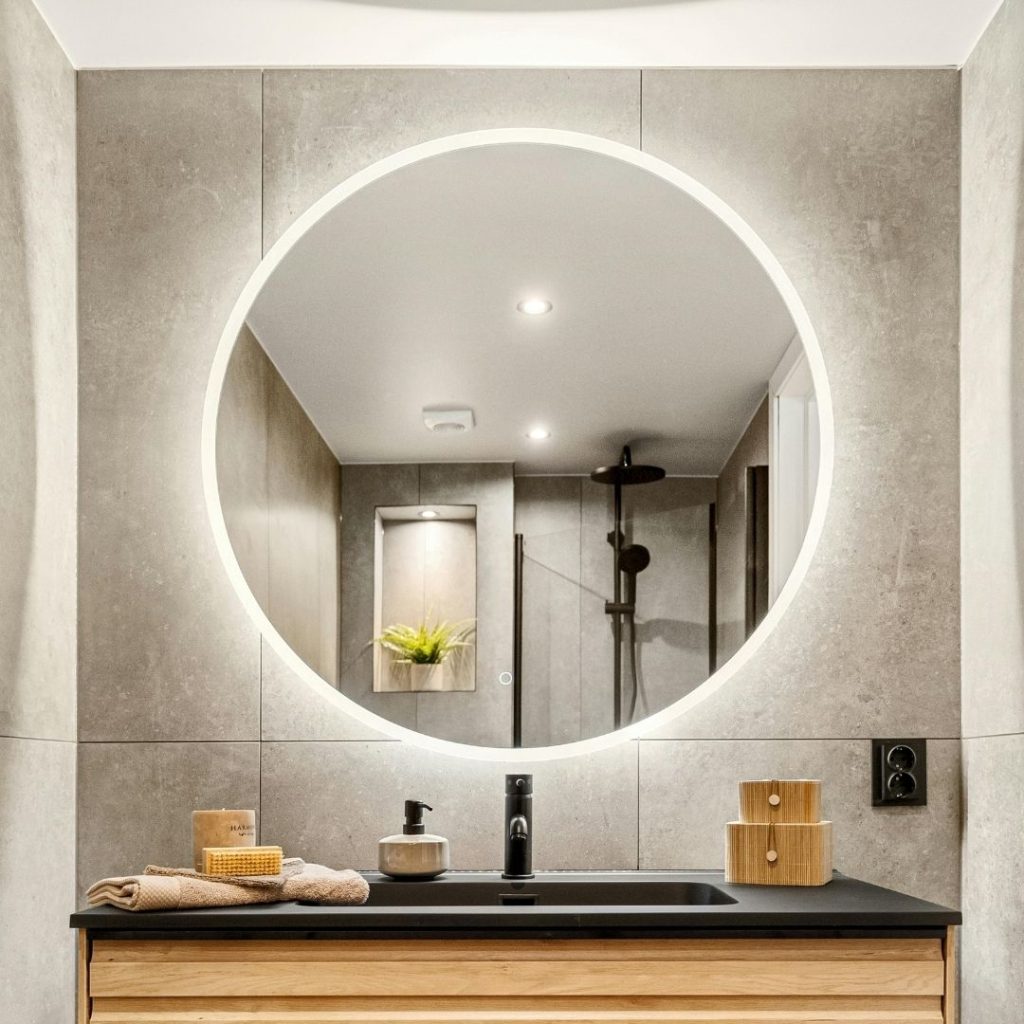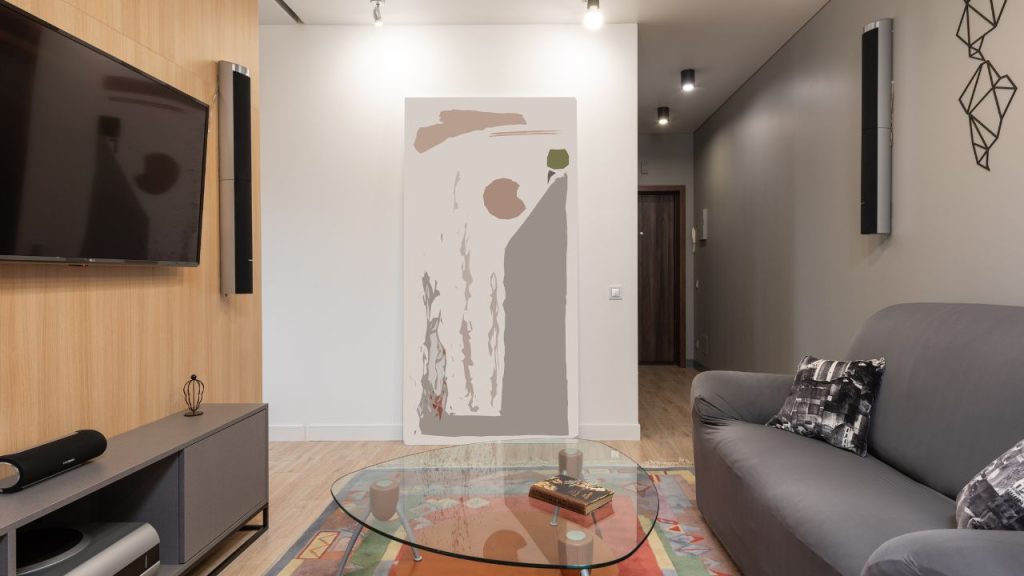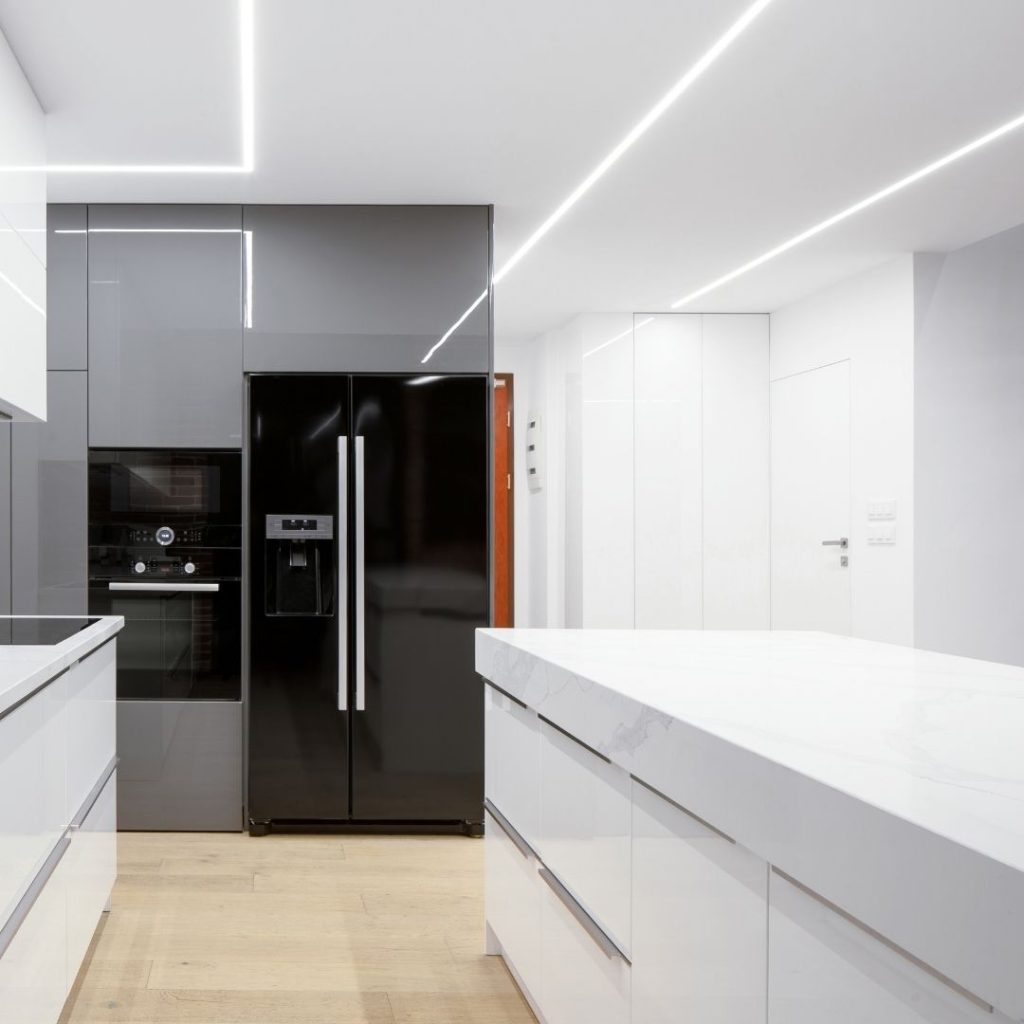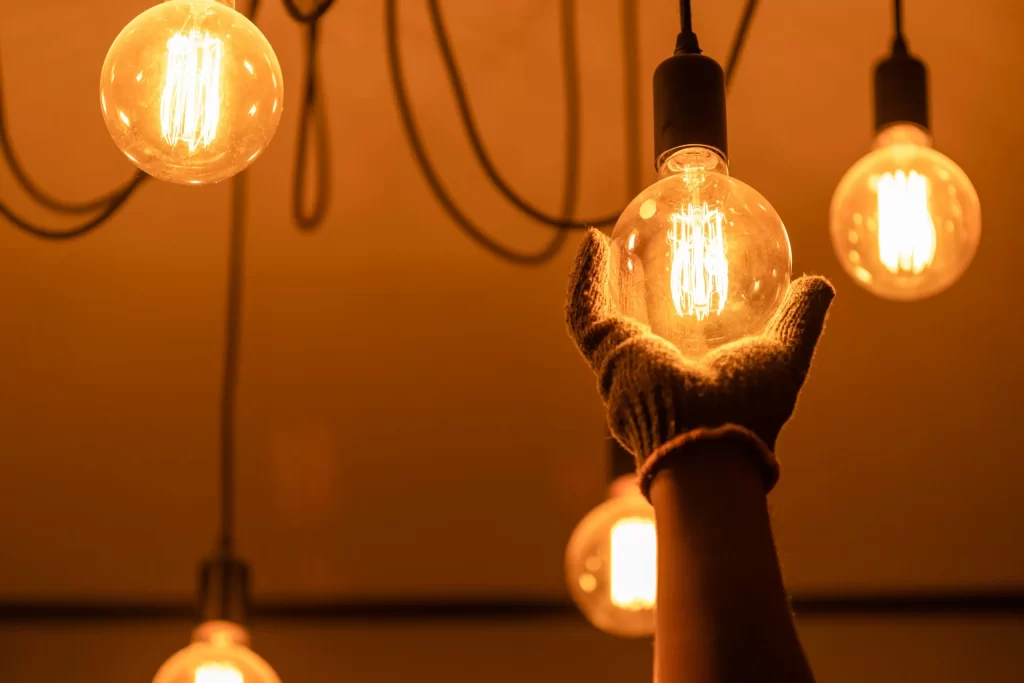Identifying the Causes of LED Light Malfunctions for Effective Solutions
Several factors can contribute to LED lights malfunctioning, including a defective driver (also known as a power supply), loose wiring connections, incompatible dimmer switches, or inherent issues with the LED module itself.
In Australia, it is crucial to hire a licensed electrician to evaluate any mains-voltage connections. This ensures both safety and compliance with local regulations, ultimately protecting your home and investment from potential hazards.

Recognizing Common LED Lighting Issues and How to Resolve Them
While LEDs are celebrated for their energy efficiency and reliability, there are instances where they may not function as intended. Often, the underlying issue is not with the LED itself but with associated components or mistakes made during installation.
In the following sections, we will thoroughly examine the typical problems encountered with LED lighting and provide actionable solutions. Additionally, we will highlight when it is vital to consult your local electrician in Melbourne’s outer eastern suburbs for expert assistance and advice.
1. Investigate the Power Supply and Driver for Any Malfunctions
Many LED lights rely on a driver (or transformer) that converts mains voltage (ranging from 230–240 V) to the low-voltage required for LED modules to operate optimally. If this driver malfunctions, the LED may fail to illuminate entirely or could flicker intermittently, causing frustration and potential safety risks.
Steps for Troubleshooting:
- Ensure that the switch or automatic circuit breaker is turned on and functioning correctly.
- If the LED is visible, inspect it for signs of driver burnout or any visible physical damage.
- Consider if any recent modifications have been made to your lighting setup, such as adding dimmers or extending the run length of strip lighting beyond the driver’s rated capacity.
- In Australia, verify that all components comply with lighting product standards like AS/NZS 62560, especially for mains voltage LED lamps, and have a licensed electrician handle any direct mains wiring for safety.
When to Seek Professional Assistance:
If you discover that the driver is faulty or that the wiring has been compromised, it is critical to reach out to a licensed electrician to resolve the issue safely. Connecting LED modules directly to mains power without the appropriate driver or safety measures is against regulations and poses significant dangers.
2. Examine Electrical Connections for Loose or Poor Contact
A common reason for LED lights not functioning correctly is compromised electrical connections. This issue can stem from loose terminal blocks, damaged wire ends, or deteriorated connections within walls or junction boxes, all of which can disrupt the flow of electricity, leading to malfunctions.
What to Inspect:
- Always disconnect the power at the switchboard before conducting any inspections to ensure safety.
- Verify terminal blocks for tightness and look for visible signs of overheating, such as brown marks or melted plastic.
- Inspect any connectors found in strip lights, downlights, or under-cabinet lighting systems for damage.
- Ensure that ceiling roses or junction boxes have not been altered without maintaining proper connections.
Why This Matters:
Loose connections can lead to increased electrical resistance, generate excess heat, and contribute to premature LED failure, potentially creating a fire hazard. According to the wiring rules (AS/NZS 3000:2018), all electrical terminations must be securely fastened to ensure safety and compliance with regulations.

3. Ensure Compatibility of Your Dimmer or Control System with LEDs
If your LED lights exhibit flickering, buzzing, or remain unlit when connected to a dimmer circuit, it is highly probable that the dimmer is incompatible with LED loads. Many older dimmers were designed for incandescent or halogen bulbs and may not manage the lower wattage required by LEDs effectively.
Recommended Actions:
- Consider upgrading the dimmer to one specifically rated for LED lighting to avoid compatibility issues.
- If using smart lighting systems, ensure that the driver and control device are mutually compatible.
- For strip lighting applications, verify that the controller or remote can handle the required voltage and current specifications.
Pro Tip: If the light completely shuts off when the dimmer is set to full brightness, this strongly indicates that the dimmer is not suitable for that specific LED load.

4. Assess the Use of Over-Length LED Strip Runs or Heat Issues
While LED strip lights offer a flexible lighting solution, they come with specific limitations that need to be acknowledged. Over-length runs can lead to voltage drops, causing the modules at the far end to fail, or the adhesive backing may detach in hot or damp conditions, leading to further complications.
What to Verify:
- Ensure that strip runs adhere to the maximum length recommended by the manufacturer to prevent performance issues.
- In outdoor or moisture-prone areas, use appropriately rated IP-rated strips and drivers for enhanced safety.
- Check that heat is not being trapped behind the strips; recessed or enclosed channels must allow for sufficient cooling to avoid overheating.
- Inspect the adhesive mounts for cleanliness; if the strips have fallen, connections may have been compromised, leading to malfunctions.
Importance in Australia: Lighting product regulations necessitate that all fixtures and strips must be properly certified and installed by qualified professionals when incorporated into mains circuits, ensuring that safety standards are maintained and compliance is achieved.
5. Determine If Your LED Modules or Chips Have Failed
In rare instances, the LED modules themselves may fail, particularly if they have been subjected to excessive heat, over-current conditions, or improper installation practices.
If one section of modules remains dark while others are functioning correctly, and you have ruled out power supply and connection issues, it may be necessary to replace the affected modules to restore functionality.
- If the system is still under warranty, ensure that replacement modules or strips are installed according to the original specifications to maintain warranty coverage.
- When making replacements, confirm that the new modules match the original specifications for voltage, color temperature, and current requirements to ensure compatibility.
- If any alterations to wiring or switching drivers are necessary during the replacement process, a licensed electrician should handle the work to guarantee compliance and safety.

6. Utilize Smart Products to Mitigate Future LED Lighting Issues
Engaging in proactive maintenance can significantly reduce the likelihood of LED failures and extend their operational lifespan. Here are some best practices to consider for ensuring optimal performance:
- Always select LED strips and fixtures that carry the RCM (Regulatory Compliance Mark) and comply with Australian standards to ensure quality and safety.
For additional information, refer to resources from the Australian Lighting Council. - Ensure that your electrician confirms that drivers and dimmers are rated for LED loads to avoid compatibility problems.
- Maintain effective cooling and ventilation behind downlights or strips to prevent overheating, which can lead to premature failure.
- Avoid connecting different batches of LED strips in series, as voltage mismatches can result in failures and operational inconsistencies.
- Schedule an electrical inspection every 3 to 5 years, especially for integrated lighting circuits, to ensure ongoing safety and compliance with local regulations.
Recognizing When to Contact a Licensed Electrician for LED Issues
If you encounter any of the following issues, immediately cease using the circuit and contact a qualified electrician:
- Warm or hot light fittings or driver units
- Discolored or charred wiring insulation or terminal blocks
- Lights that go completely dark after attempting a DIY fix
- Multiple lights on a circuit failing in rapid succession
In Victoria and throughout Australia, all mains-voltage lighting installations, wiring modifications, or fault-finding must be performed by a licensed electrician, adhering to the standards set forth by AS/NZS 3000:2018 and state licensing requirements. Engaging in DIY work may void product warranties, insurance coverage, and could violate legal regulations.
Crucial Tips for Maintaining Your LED Lighting System for Longevity
LED lighting delivers exceptional efficiency, durability, and design versatility, but these advantages are realized only when systems are installed and maintained correctly.
If your LED lights are malfunctioning or flickering, the root cause typically relates to the driver, wiring connections, dimmer compatibility, or load issues, rather than the LED unit itself.
For homeowners in Melbourne’s outer eastern suburbs, the most effective strategy is to consult a licensed electrician who possesses in-depth knowledge of local regulations and lighting standards. While fixing the light itself may seem straightforward, the true value lies in ensuring its ongoing reliability and safety through professional expertise.
The Article: Fix LED Lights Not Working: Essential Tips for Homeowners first appeared on https://writebuff.com
The Article LED Lights Not Working? Essential Tips for Homeowners Was Found On https://limitsofstrategy.com

